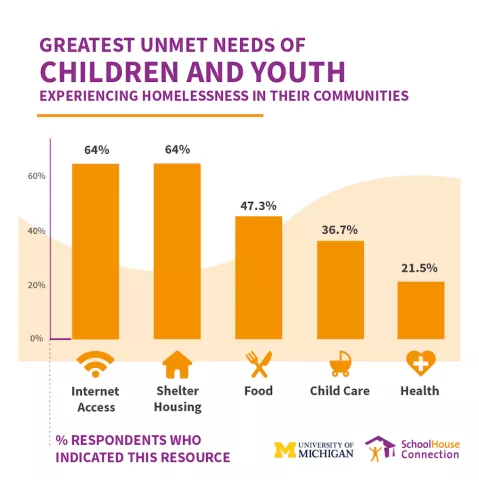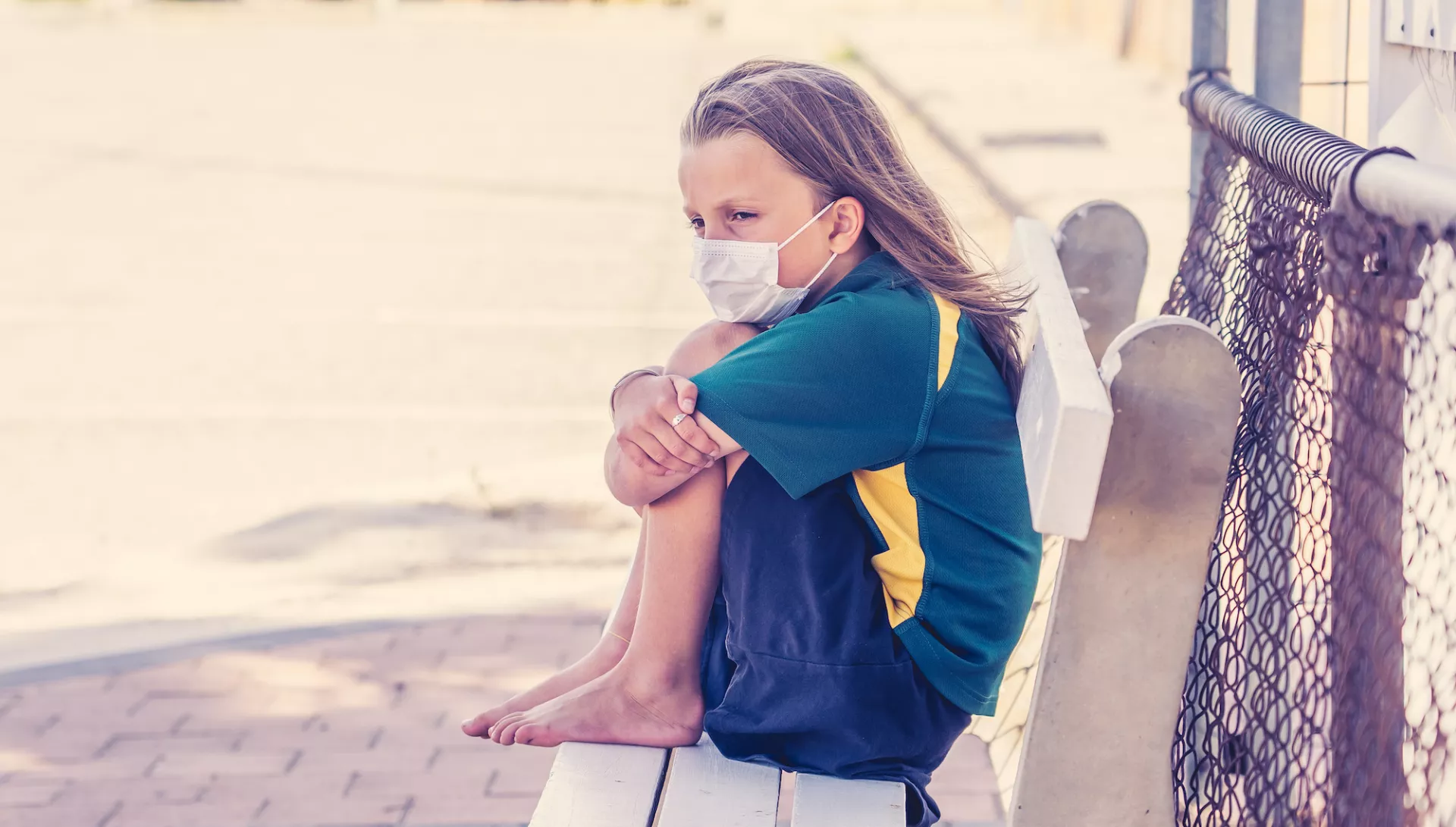Usually, any reported “drop” in the number of homeless students in the United States would be welcome news – but not when the decline can be attributed to an inability to identify and enroll these students. Unfortunately, the under-identification of homeless students – a long-standing issue before the COVID-19 pandemic – has only worsened over the past few months.
According to a new survey by SchoolHouse Connection and Poverty Solutions, there has been a 28% decrease in the number of identified homeless students in the fall of 2020 compared to the fall of 2019. According to the most recent federal data, 1.5 million preK-12 students are homeless, which indicates that roughly 423,000 homeless students have slipped through the cracks and are not receiving the support and services they need.
According to the report, this number is probably even higher:
“There is significant evidence that public schools were dramatically under-identifying homelessness even before the pandemic. … Prior to the pandemic, public schools have been identifying only slightly more than half of high school students experiencing homelessness, meaning that as many as one million students experiencing homelessness have not been receiving services they need, and to which they are entitled under the federal McKinney-Vento Act.”
The McKinney-Vento Act defines a homeless student as an individual who lacks a "fixed, regular, and adequate nighttime residence." This includes students who are sharing accommodations, staying at hotels or sleeping in any public space.

SchoolHouse Connection, a national non-profit that advocates fighting homelessness though education, and Poverty Solutions, an anti-poverty initiative at the University of Michigan, surveyed 1,444 school homeless liaisons in 49 states in September and October. While 39% of liaisons reported higher number of homeless students at the beginning of the school year, 41% reported decreases.
For example, the Wake County school district in North Carolina, the largest in the state, reported 2,616 homeless students in 2019-10 and 2,281 in 2020-21. In Hillsborough County, the third largest district in Florida and the eight largest in the nation, the number of identified homeless students declined dramatically from 2,193 last school year to 1,439 this year.
"I am concerned they are getting lost in the 'masked shuffle or in the virtual void. With so many things that folks are attending to, I just fear our kiddos experiencing homelessness will become even more invisible than they already are." - Homeless Liaison in Michigan
Not surprisingly, of those liaisons who reported lower numbers, they cited first and foremost the "inability to identify families/youth due to distance learning/school building closure." When school doors are closed, many families become disengaged from the school and the opportunity for in-person communication on a wide variety of important issues - especially confidential matters - is diminished. As a homeless liaison in Nebraska reported: "We are operating remotely due to COVID-19. As a result we do not have students in our buildings. We are not identifying students in our buildings as we need to be. The shelters/agencies are not seeing the turnover in families, and this has cut down on our new referrals as well."
In the survey, the liaisons described many significant unmet needs of children and youth in their communities, including internet (64%), shelter/housing (64%), food (47.3%), child care (36.7%), and health care (21.5%). Mental health concerns and lack of transportation also were frequently cited as concerns.
Seven months ago, Congress passed the CARES Act to alleviate economic suffering brought on by the pandemic. While the law delivered critical funding for education, it did not include specific assistance for the McKinney-Vento Act's education program for homeless youth. The CARES Act did allow some relief funds to be allocated for programs affecting homeless students. According to the survey, however, only 18% of respondents indicated that CARES Act funding is being used to meet the needs of students experiencing homelessness.
"If our nation is ever to recover from COVID-19," the report states. "We must increase outreach to and support for children, youth, and families experiencing homelessness through public schools and early childhood programs, and prioritize their education and well-being in all public systems of care."
With the pandemic worsening, schools and students need federal aid now more than ever. The U.S. Senate, however, has yet to deliver. Visit EducationVotes to tell your senators to take action now.



